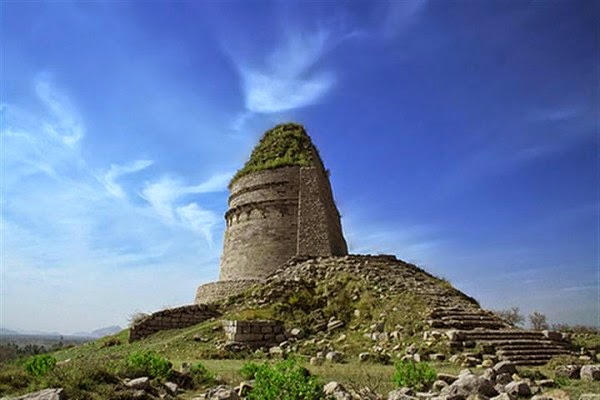Since the Gran Pajaten was discovered in the neighboring department of San Martin, many explorers have headed to this north-eastern region to look for lost cities in the depth of the jungle. Later, the discovery of the Karajia sarcophagi, the expeditions by American explorer Gene Savoy to the Gran Vilaya and the finding of almost one hundred mummies in Los Condores lagoon attracted world’s attention to Chachapoyas.
The language they used was forever lost in the first year of the Spanish conquest, but linguistic research has found that there may have been a linguistic relationship between Inca place names typical of this area and the Chibcha of Colombia.
Although their pottery is undoubtedly related to certain types of ceramics in the lower Amazon, the more sophisticated monuments basically follow a clear Andean pattern. Apparently, the Chachapoyas ethnic group migrated from the Andes to settle in the steep mountain jungle, successfully repelling attack from neighboring groups.
This civilization’s natural borders were the Marañon River to the West, the Huallaga River to the East, Bagua to the North and the Abiseo River to the South, in the present departments of Amazonas and San Martin. Although the Sachapuyas (from sacha: mountain and puyo: fog, after the constant cloud cover hanging over the area) settled in intricate jungles, the central artery of this civilization is undoubtedly the Utcumbamba River. Exquisitely green, the river flows amidst a jungle landscaper of reeds, and molle and tara trees. After passing under two remarkable colonial bridges near its headwaters in Leimebamba, the river’s course narrows to run flanked by towering mountains, until it reaches the broad plains around tropical Bagua, where its waters merge with the Marañón.
Since the valley is so narrow, the Sachapuyas built their main villages on mountain ridges, strategically controlling the main affluents to the Utcubamba River. Exceptionally conserved build-ings still show us their exquisite architecture, including La Petaca, La Congona, Cerro Olan, Macro, Ollape, Gran Vilaya, Gran Pajaten, Kuelap, Karajia, Levanto and many others built between 900 and 1450 AD. that were still in use at the beginning of the Colonial period

